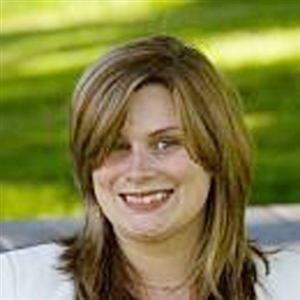The Future of the "Smart" Employee

In the future, employee productivity may look very different than it does today. If robots start to write articles, for example, tomorrow's creatives may be spending their time interviewing subjects or coming up with new ideas. In the book, "Humility Is the New Smart: Rethinking Human Excellence in the Smart Machine Age," authors Edward Hess and Katherine Ludwig argue that emerging technologies are changing our definitions of smart and raising the bar on employee productivity.
In this series of articles on must-read books for HR leaders, we look at the changing definition of what it means to be smart and productive in the workplace.
Understand the Change That Is Happening
Today, when an employer wants to hire a "smart" team member, they look for a quantity of knowledge. An analyst, for instance, might know how to use different programs to process big data streams. However, Hess and Ludwig argue that machines will soon take over many of the functions we associate with knowledge-based positions, such as retaining data or processing information. Definitions of employee productivity will change, and tomorrow's top employees will add value to machine-powered workplaces with critical thinking, creativity, strong communications skills and excellent collaboration abilities.
Here are three ways HR leaders can help their teams get ready for the coming workplace trends.
1. Leave the Ego Behind
Hess and Ludwig define humility as the ability to leave one's ego behind and collaborate effectively while learning from mistakes. For successful professionals with a track record of accomplishing their goals, understanding how to leave the ego behind — and why doing so is important — can be a challenge. "Quieting Ego is how we can deliberately work to reduce our reflexive emotional defensiveness; have empathy and open-mindedness; and proactively seek other people's feedback and perspectives to stress-test our own thinking," write the authors. Help your team learn to quiet their egos by:
-Practicing mindfulness
-Practicing gratitude
2. Manage Emotions
Hess and Ludwig write that in order to achieve higher-level thinking "it's important to remain open-minded and be willing to test our beliefs and modify our points of view if presented with better data." The science of self-regulation suggests we can better manage our thoughts and emotions when we:
-Slow down and think through what we're going to do, such as reflecting on our goals and motivations
-Manage our thoughts by asking questions such as "What do I know?" "What am I trying to achieve?" or "What do I not know that I need to know?"
-Use critical thinking to clearly define the problem, identify the goal, root out assumptions, stress-test ideas against the available data and learn from our mistakes
-Manage our emotions by reframing situations in a more positive light and engaging in positive self-talk
3. Practice Reflective Listening
The authors note that our brains can process 600 words per minute, while the average person speaks 100 to 150 words per minute. As a result, it can be challenging to quiet the mind and really focus on what someone is saying. Often, as we try to listen, our thoughts are racing in parallel in other directions. To improve listening, do the following:
-Ask good questions — get into the habit of asking, rather than telling, in conversations
-Take a moment to quiet your mind so your focus is clear — ensure you're quiet emotionally so you can tune in
-Set an intention to be present and reinforce it with mantras such as "I am not my ideas," "Don't interrupt" and "Stay focused"
As the emerging types of technology we're seeing in business continue to flourish, it's going to lead to a different definition of employee productivity. HR leaders can help their employees and organizations thrive by redefining what smart looks like in this new context. Developing skills such as listening, managing thoughts and emotions and quieting the ego can give employees at every level of your organization an important competitive advantage.
Stay up-to-date on the latest workforce trends and insights for HR leaders: subscribe to our monthly e-newsletter.



